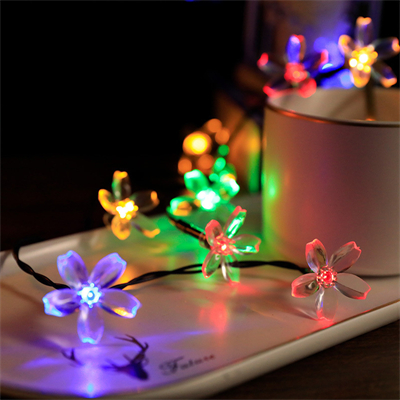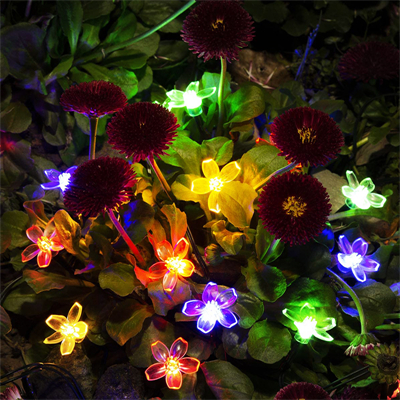What is the working principle of LED?
Like ordinary diodes, light-emitting diodes are composed of a PN junction, and they also have unidirectional conductivity. When the forward voltage is applied to the light-emitting diode. Holes injected from the P area to the N area and electrons injected from the N area to the P area. It recombines with the electrons in the N region and the holes in the P region within a few micrometers near the PN junction to generate spontaneous emission fluorescence.
The energy states of electrons and holes in different semiconductor materials are different. When electrons and holes recombine, the energy released is somewhat different. The more energy released, the shorter the wavelength of the emitted light. Commonly used are diodes that emit red, green or yellow light. The reverse breakdown voltage of the light-emitting diode is greater than 5 volts. Its forward volt-ampere characteristic curve is very steep. When in use, a current-limiting resistor must be connected in series to control the current through the diode.
The core part of the light-emitting diode is a wafer composed of P-type semiconductors and N-type semiconductors. There is a transition layer between the P-type semiconductor and the N-type semiconductor, which is called a PN junction. In the PN junction of some semiconductor materials, when the injected minority carriers recombine with the majority carriers, the excess energy is released in the form of light. Thus, the electrical energy is directly converted into light energy. With reverse voltage applied to the PN junction, it is difficult to inject minority carriers, so it does not emit light.
























